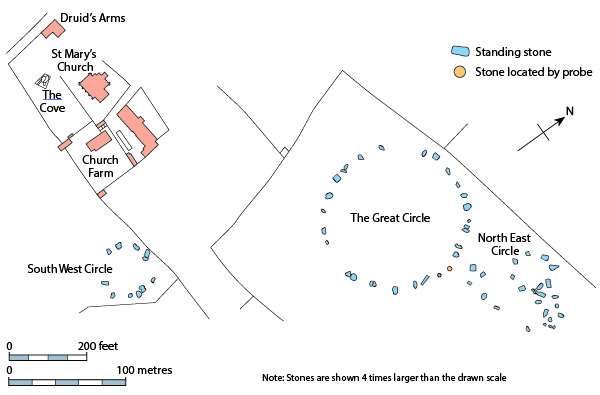 Whitby Abbey made on Ilford FP4 from the mid 1970’s
Whitby Abbey made on Ilford FP4 from the mid 1970’s
Not a good negative as it was processed by a camera/film store around 1974, well before I did my own processing. But it does show the Abbey before the tourism catchment (money making) ideology took hold. All is not lost because with a little diffusion and printing on semi-matte paper, it gives a nice 8×10 print.
From that Encyclopædia in the sky:
Whitby Abbey was a 7th-century Christian monastery that later became a Benedictine abbey. The abbey church was situated overlooking the North Sea on the East Cliff above Whitby in North Yorkshire, England, a centre of the medieval Northumbrian kingdom. The abbey and its possessions were confiscated by the crown under Henry VIII during the Dissolution of the Monasteries between 1536 and 1545.
The first monastery was founded in 657 AD by the Anglo-Saxon era King of Northumbria, Oswy (Oswiu) as Streoneshalh (the older name for Whitby). He appointed Lady Hilda, abbess of Hartlepool Abbey and grand-niece of Edwin, the first Christian king of Northumbria, as founding abbess. The name Streoneshalh is thought to signify Fort Bay or Tower Bay, in reference to a supposed Roman settlement that previously existed on the site. This contention has never been proven and alternative theories have been proposed, such as the name meaning Streona’s settlement. Some believe that the name referred to Eadric Streona, but this is highly unlikely for chronological reasons. Streona died in 1017 so the naming of Streoneshalh would have preceded his birth by several hundred years.
The double monastery of Celtic monks and nuns was home (614–680) to the great Northumbrian poet Cædmon.
In 664 the Synod of Whitby took place at the monastery to resolve the question of whether the Northumbrian church would adopt and follow Celtic Christian traditions or adopt Roman practice, including the manner of calculating the date of Easter and form of the monastic tonsure. The decision, with the support of King Oswy, was for adopting Roman practices and the date of Easter was set.
Streoneshalch monastery was laid waste by Danes in successive raids between 867 and 870 under Ingwar and Ubba and remained desolate for more than 200 years. A locality named ‘Prestebi’ was recorded in the Domesday Survey, which may be a sign that religious life was revived in some form after the Danish raids. In Old Norse, this name means a habitation of priests.The old monastery given to Reinfrid comprised about 40 ruined monasteria vel oratoria, similar to Irish monastic ruins with numerous chapels and cells.
Reinfrid, a soldier of William the Conqueror, became a monk and traveled to Streoneshalh, which was then known as Prestebi or Hwitebi (the “white settlement” in Old Norse). He approached William de Percy for a grant of land, who gave him the ruined monastery of St. Peter with two carucates of land, to found a new monastery. Serlo de Percy, the founder’s brother, joined Reinfrid at the new monastery, which followed the Benedictine rule. Of de Percy’s building the greater part was pulled down and the monastery rebuilt on a larger scale in the 1220s.
The Benedictine abbey was thriving for centuries, as a centre of learning. This second monastery was destroyed by Henry VIII in 1540 during the Dissolution of the Monasteries. The Abbey was bought by Sir Richard Cholmley, It remained in the Cholmley family and their descendants, the Strickland family. The Strickland family passed it to the UK government in 1920. The ruins are now owned and maintained by English Heritage.
In December 1914, Whitby Abbey was shelled by the German battlecruisers Von der Tann and Derfflinger, which crew “were aiming for the Coastguard Station on the end of the headland.” Scarborough and Hartlepool were also attacked.The Abbey buildings sustained considerable damage during the ten-minute attack.
Bram Stoker’s 1897 novel Dracula featured a creature, described as resembling a large dog, which came ashore at the headland and climbed the 199 steps which lead up to the Whitby Abbey ruins.



































